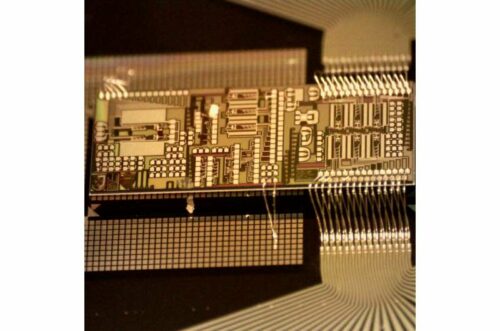Researchers develop photonics integrated circuits (an optical chip) to enhance the AI learning process.

Training an Artificial Intelligence(AI) system can be quite a complex thing to do, even economically. And with the introduction of the subject, the demand and its application has grown exponentially. But with the current level of computer intelligence, it is not possible to meet these demands.
“The training of AI systems costs a significant amount of energy and carbon footprint. For example, a single AI transformer takes about five times as much CO2 in electricity as a gasoline car spends in its lifetime. Our training on photonic chips will help to reduce this overhead,” said Bhavin Shastri, Assistant Professor of Physics Department Queens University.
Photonic integrated circuits, or simply optical chips, have emerged as a possible solution to deliver higher computing performance, as measured by the number of operations performed per second per watt used, or TOPS/W. However, though they’ve demonstrated improved core operations in machine intelligence used for data classification, photonic chips have yet to improve the actual front-end learning and machine training process.
Researchers from various institutions have come together and developed an optical chip that can train machine learning hardware. Machine learning is a two-step procedure. In the first step the data is used to train the system and then there is a performance test of the AI system. Based on the results and the errors observed, the hardware is reconfigured for the second training cycle. Thus far, photonic chips have only demonstrated an ability to classify and infer information from data. Now, researchers have made it possible to speed up the training step itself.
“This novel hardware will speed up the training of machine learning systems and harness the best of what both photonics and electronic chips have to offer,” said Volker Sorger, Professor of Electrical and Computer Engineering at the George Washington University and founder of the start-up company Optelligence.
This capability of AI is a part of a larger effort around photonic tensor cores and other electronic-photonic application-specific integrated circuits (ASIC) that leverage photonic chip manufacturing for machine learning and AI applications.
References : Matthew J. Filipovich et al, Silicon photonic architecture for training deep neural networks with direct feedback alignment, Optica (2022). DOI: 10.1364/OPTICA.475493





